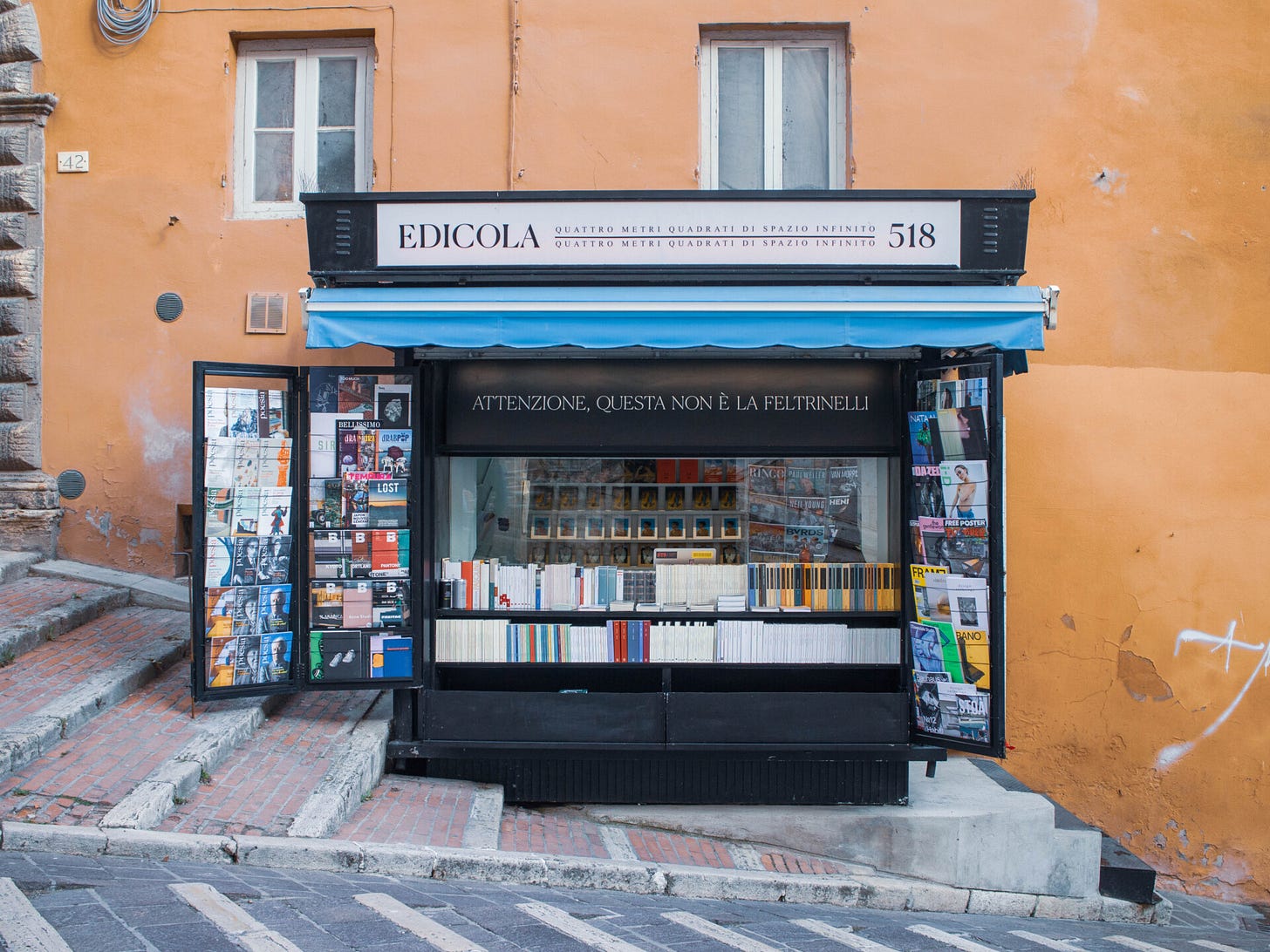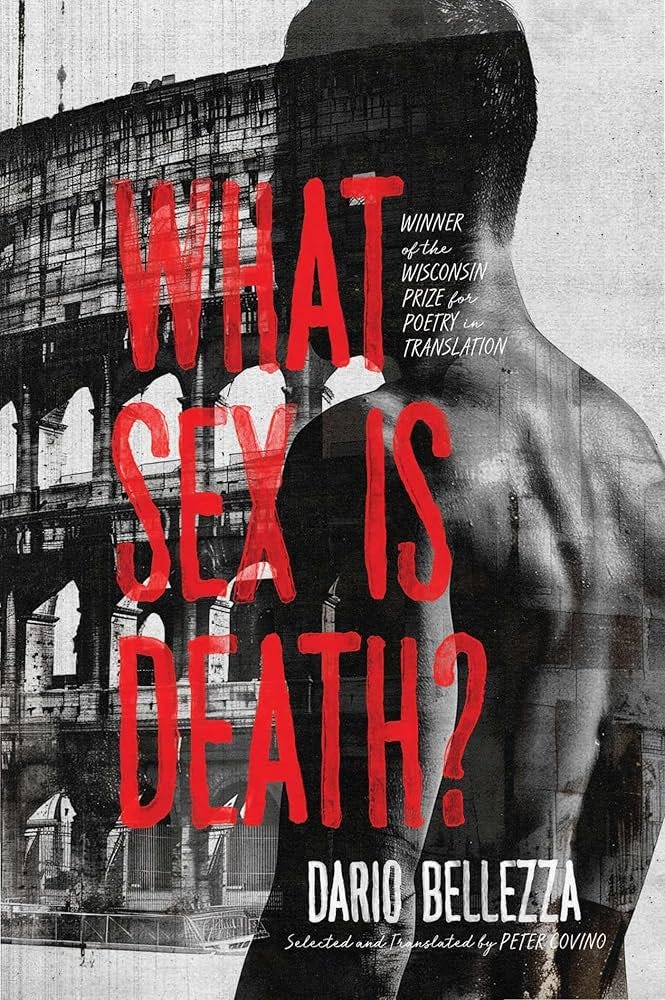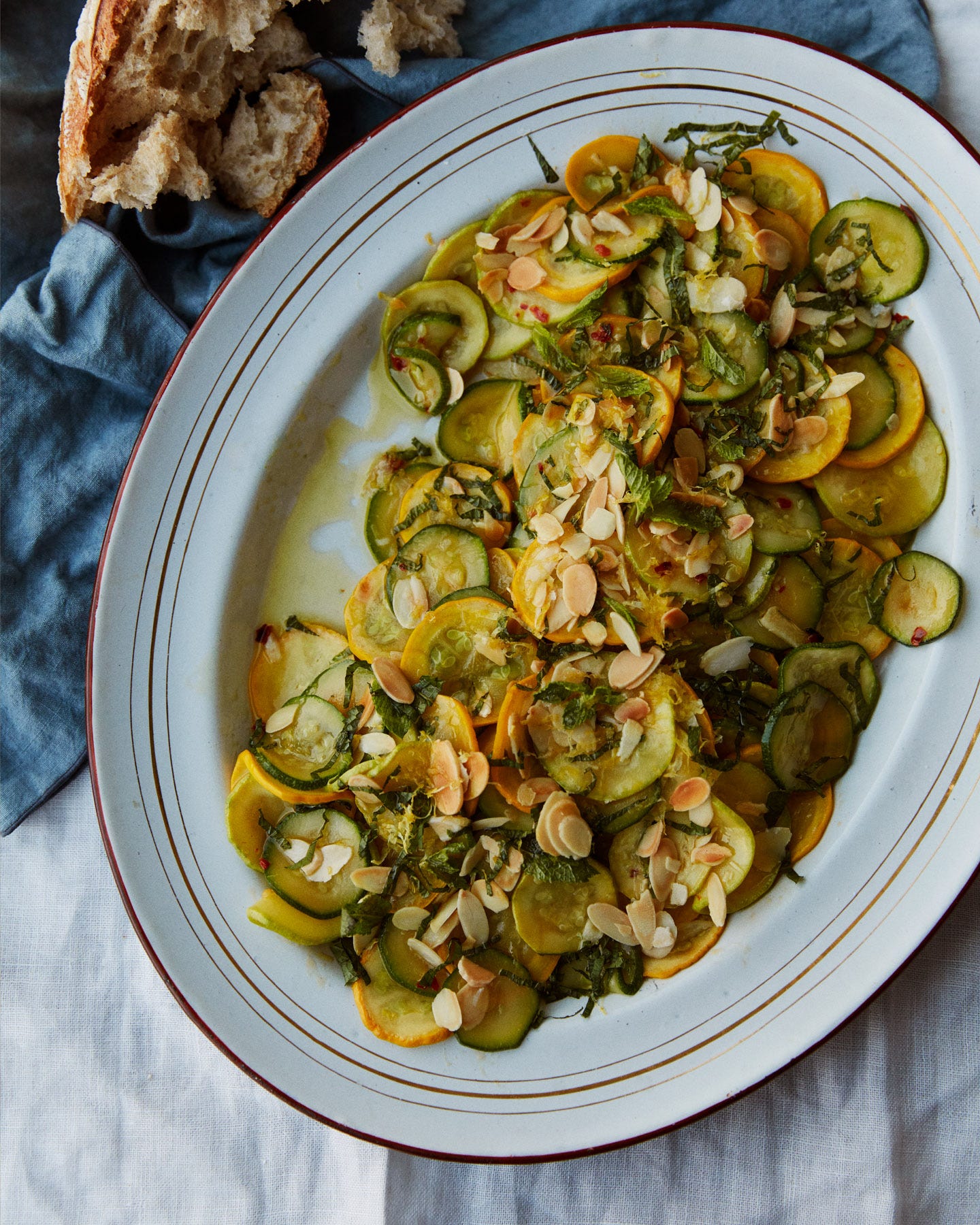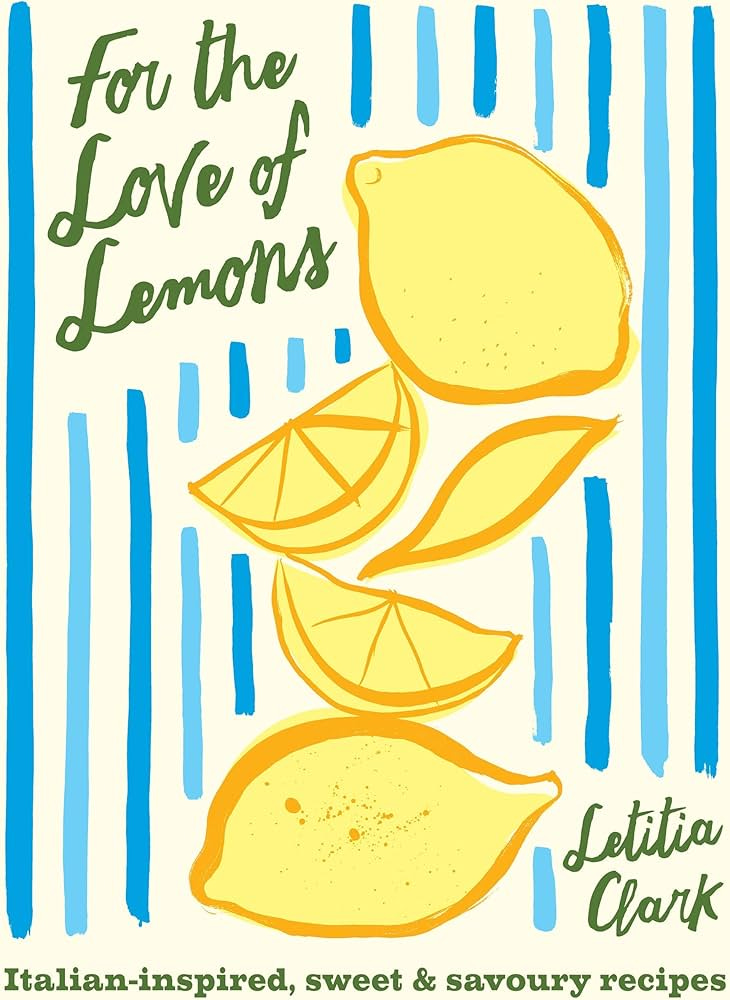Italian Brainrot
Plus, a victory for progressives in Trentino Alto-Adige and the new album by Elodie
If you’re a TikTok user, or you happen to know any young children, the words “Ballerina Cappuccina”, “champanzine banananie” and “no no, la polizia” may mean something to you already. If you’ve got no idea what I’m on about, well, I’m honoured to have the pleasure of introducing you to the world of ‘Italian Brainrot’. Italian Brainrot is a viral Internet phenomenon that’s spreading like wildfire on social media. The catch-all term refers to series of surreal AI-generated animated characters, the most famous being the aforementioned ‘Ballerina Cappuccina’, a ballerina with a cappuccino mug for a head, ‘Tralaero Tralala’, a three-legged shark in sports shoes, and ‘Bobardiro Crocodilo’, a crocodile-bomber-plane-chimera-monster-thing. Obviously, this has nothing to do with the Italian language, or Italy whatsoever. That’s exactly the point. The meme is a kind of nightmarish mash-up of pseudo-Italian-ish phrases and cartoon imagery all of which deliberately serve no purpose. You’d think that, by now, we’d have reached some collective consensus on how to respond to ‘post-ironic’, ‘post-meaning’ web content, but nope. I’m afraid it’s still causing headaches, and parents, teachers and journalists really don’t know how to respond. Some find Italian Brainrot harmless and funny. Others see it as a portent of the end of civilization itself. Confused? Frankly, I don’t blame you. But as these characters accrue millions and billions of views, even serious magazines and papers are running features, and it’s only a matter of time before you encounter one of these on your screen. So check out Alisha Haridasani Gupta’s excellent overview in The New York Times to find out more.
On a more serious note: the main political story this week has been the start of local election season. On 4 May Italian voters went to the polls in the northern alpine region of Trentino Alto Adige and the results give some indication about the national mood. The centre-left coalition, led by the Partito Democratico (PD), won a confident victory in Trento and most of the surrounding towns and villages, ensuring one of Italy’s progressive heartlands remains in safe hands. At a moment when neo-fascists seem to be gaining ground just about everywhere, Elly Schlein and her team will no doubt be relieved. It’s not all rosy, though. In Bolzano, the far-right candidate won 37% over the centre-left’s 27% and Fratelli d’Italia is therefore likely to take control of the city in a second ballot on 18 May. Turnout is also a concern, and participation dropped to a worrying 49% across the board this year (down a mammoth 10% on 2020). If there’s anything to be gleamed from all the above, it’s that global geopolitics has seemingly had little impact on the Italian electoral landscape, and that, for now, people are sticking with their usual tribes.

I spent the May bank holiday, among other things, catching-up on Italy Segreta’s April Design Issue, and if you didn’t note it last month I highly recommend you go and give it a read. It’s a great edition, with some fascinating reporting on architecture and photography featuring work by Alexia Petsinis and Victoria Huisman on Claudio Caffetto’s villa in Brescia, and a feature by the reporting trio, Lorenzo Villa, Bartolomeo Sala and Tommaso Serra on the life and work of Santi Caleca. I particularly enjoyed this short lifestyle feature by Valeria Necchio about “the rise of the cool Edicola” in which the author puts her finger on something I’d been noticing for a while but which I’d never put a label on. Across Italy young entrepreneurs are reclaiming the declining, decrepit spaces of the once iconic newsstands and reinventing them as spaces to read, buy and sell print magazines, to promote self-published authors, and to host poetry readings and literary aperitivi. This is an absolute dream venture in my view, and while the phenomenon is limited in scope for now, I deeply hope to see it grow further in the years to come. Find out more over at Italy Segreta here and check out their new May edition on sustainability while you’re at it.
Arts & Culture: a love-hate relationship
If you’ve never heard of Dario Bellezza, well, now’s the ideal moment to get acquainted with one of Italy’s most talented and under-appreciated 20th Century writers. Earlier this year Wisconsin Press released the first ever ENG collection of Bellezza’s work in the form of the anthology ‘What Sex is Death?’ (trans. Peter Covino). Bellezza, who’s best known as a poet of gay eros, was an important homosexual voice, and he was an icon for the global queer movement back in the 90s. He was also a fantastic stylist; a starry eyed romantic who wielded his progressive politics with a light touch, and rooted his formal innovations firmly within the classical tradition. Bellezza’s work has had an uneven critical response in Italy over the years, so it’s great to see the collective poems finally accessible to international audiences. I hope many readers here will get as much enjoyment from his work as I have. Buy the book straight from the publisher, and make sure to check out this long read by Daniel Felsenthal in Poetry Magazine which provides an excellent critical overview of Bellezza’s life and work.
The Roman pop sensation Elodie released her fifth full-length studio album last week, and the Italian internet can’t get enough of it. Mi ami mi odi has already gone straight to the top of the charts, and streaming figures as I write this are hitting the tens of millions. These are huge numbers for Italy, and I’m sure this will prove to be one of the biggest albums of the year. I’ve got to admit, I’m still getting my head around the record. There are some excellent moments, though. The Sanremo hit, ‘Dimenticarsi alle 7’, was one of my favourites from the festival and I’m really loving last year’s duet with Tiziano Ferro, ‘Feeling’ which has some unexpected and, to my mind, extremely welcome 90s early 00s r&b / UK garage throwback vibes. What else to say? This is a pop album, and like many pop albums it’s hit and miss. Still, it’s hard not to get into the groove. As Elodie put it in a recent interview with Rolling Stone: “I want anyone who listens to this album to feel strong and sexy, the possibility of making others feel powerful makes everyone freer. Finding out what you're worth, regardless of what others think of you, is essential.” Amen to that. Listen on Spotify here.
Recipe of the Week: slow-cooked zucchini with mint, chili and almonds
Today marks the end of a long wait for Letitia Clark’s latest cookbook, which, as the title suggests, is dedicated entirely to cooking with lemons. For the Love of Lemons: Italian-Inspired, Sweet and Savoury Recipes is a joyous celebration of the citrus fruit, and with recipes including ‘Lemony Burrata with Spring Vegetables and Pistachio Pesto’, ‘Chicken with Lemon, Saffron and Artichokes’ and ‘Lemon Tiramisu’ you know it’s going to be delicious. I’d been hoping to highlight something from the book this week, but sadly my copy’s not arrived yet so you’re going to have to settle for one of my favourites from Clark’s debut, Bitter Honey. These ‘slow-cooked zucchini with mint, chili and almonds’ are a regular in my kitchen in the early summer, and they make a delicious side dish for just about any meat, fish or vegetable main you could imagine. Personally, I often eat this as lunch in its own right, with a hunk of good bread, cheese and fruit and, of course, a nice squeeze of lemon juice to bring it all together. So happy publication day Letita, and here’s the recipe!
I’m Jamie Mackay, a UK-born, Italy-based writer, working at the interfaces of journalism, criticism, poetry, fiction, philosophy, travelogue and cultural-history. I set up ‘The Week in Italy’ to make a space to share a regular overview of the debates and dilemmas, innovations and crises that sometimes pass under the radar of our overcrowded news feeds, to explore politics, current affairs, books, arts and food. If you’re a regular reader, and you enjoy these updates, I hope you’ll consider becoming a supporter for EUR 5.00 per month. I like to think of it as a weekly catch-up chat over an espresso. Alternatively, if you’d like to send a one-off something, you can do so via PayPal using this link. Grazie!







